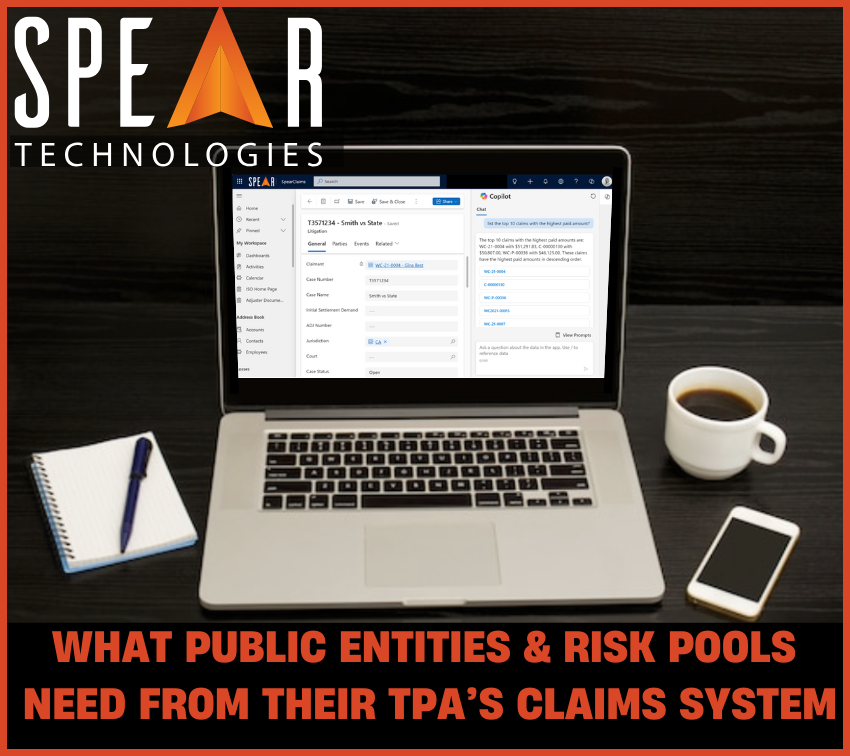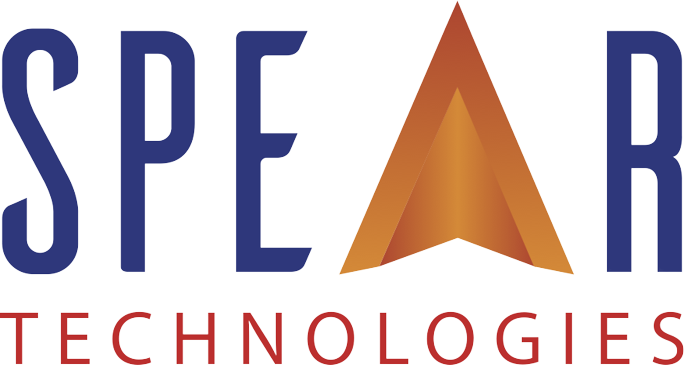What Public Entities & Risk Pools Need from Their TPA’s Claims System: Visibility, Control, and Results

When organizations partner with Third Party Administrators (TPAs) to manage Property & Casualty claims, they expect more than just processing support—they expect strategic value, transparency, and outcomes that align with their goals. However, the effectiveness of a TPA relationship hinges on the capabilities of their claims management software. If the system lacks visibility, flexibility, or integration, it becomes a liability instead of a performance driver.
Here’s what today’s organizations should expect from a modern insurance core platform used by their TPA—and how that technology can improve claims oversight, reduce costs, and deliver stronger results.
Why Claims Management Software Matters to Public Organizations
Working with a TPA is meant to offload complexity—but without the right tools in place, organizations are left in the dark about claim statuses, costs, and trends.
Upgrading to a modern P&C claims system can change that. Here’s why it matters:
- Enhanced Oversight and Accountability – Modern claims management software provides real-time dashboards, audit trails, and client-specific reporting so you always know what’s happening with your claims.
- Reduced Claims Leakage – With built-in AI and claims leakage prevention solutions, you can rest assured that your TPA is catching overpayments, duplicate payments, and missed subrogation solutions.
- Tailored Workflows for Your Organization – A TPA using a low-code platform can configure custom workflows, rules, and alerts for your unique needs—without costly or time-consuming development cycles.
- Integrated Ecosystem – The best claims automation software connects seamlessly to your risk management, policy, legal, and financial systems—so data flows without manual intervention or errors.
1. Real-Time Reporting and Custom Dashboards
As a client, you need access to your data—on your terms. Look for a TPA that offers claims management software with customizable dashboards and on-demand reports tailored to your KPIs. Whether you’re tracking frequency, severity, lag times, or recovery rates, transparency is key to proactive decision-making.
2. Configurable Rules and Alerts
Your organization has specific policies and risk thresholds. A modern P&C claims software platform should allow the TPA to configure rules that align with your standards. Insist on safeguards such as escalation triggers, reserve limits, or litigation flags. Low-code platforms make it easy to build and adjust these rules without delays.
3. Claims Leakage and Subrogation Oversight
Financial leakage is one of the biggest risks in claims. Ensure your TPA’s platform includes robust claims leakage prevention solutions, with audit logs, payment validations, and AI-driven detection of anomalies. Advanced subrogation solutions should flag opportunities and provide visibility into recovery status so you can track performance.
4. Efficient Intake and Fast Triage
Delays at the start of the claims process cost time and money. A TPA’s claims automation software should streamline intake with smart forms, guided data capture, and rules-based triage that prioritizes high-risk claims—helping ensure fast resolution and resource alignment.
5. Seamless System Integration
Your organization shouldn’t have to wait for weekly spreadsheets or email updates. Choose TPAs that use modern insurance core platforms capable of integrating with your internal systems (e.g., HRIS, ERP, policy admin) to provide continuous, automated data sharing and updates.
6. Client-Driven Configuration and Control
You shouldn’t have to chase down IT teams for every change. A TPA using a customer-managed core system gives you access to self-service features like user permissions, report customization, and dashboard configuration—so you stay in control of your data and workflows.
Final Thoughts: Ask the Right Questions Regarding Your TPA’s Claims Management Software
When selecting or evaluating a TPA, don’t just ask about adjuster ratios and average closure times. Ask about their technology stack. Do they offer:
- A low-code, flexible P&C claims system?
- Real-time visibility into your data?
- Built-in claims leakage prevention and subrogation solutions?
- Seamless integration with your internal platforms?
- Custom reporting tailored to your risk management goals?
If the answer is no, it might be time to re-evaluate your partnership—or at least push for a tech-driven upgrade.
A TPA relationship is only as strong as the technology that supports it. By insisting on a modern, intelligent, and integrated claims management software platform, your organization can reduce risk, control costs, and gain the oversight you need to manage claims strategically—not reactively.
Case in Point: A TPA Greatly Improves Efficiency by Leveraging Low-Code/No-Code
A business user successfully deployed 12 AI models—without a developer—to automate tasks previously being done manually and is now successfully reading invoices and indexing them to claim files, entering payments based on invoices, processing documents, and summarizing notes, leading to measurable efficiency gains.
This TPA is a current Spear client leveraging SpearClaims™
The Bottom Line: Flexibility and Speed Are Now Mandatory
The future of claims management lies in claims management software platforms that are:
- Agile
- Scalable
- Configurable by business users
- Built on low-code/no-code frameworks
Whether you’re upgrading from spreadsheets or replacing legacy systems, choose a claims management software solution that evolves with your needs and empowers every stakeholder.
Discover a smarter way for TPAs to manage your claims. Schedule a Demo to see first-hand how SpearClaims™ enables organizations to accelerate and simplify claims processing. Built by industry experts on a modern low-code/no-code platform, SpearClaims™ is a future-ready claims management software solution that delivers the power of built-in AI and Analytics while checking all the boxes.
To discover how Spear’s solutions are accessible to insurers of all sizes, Request Pricing.
